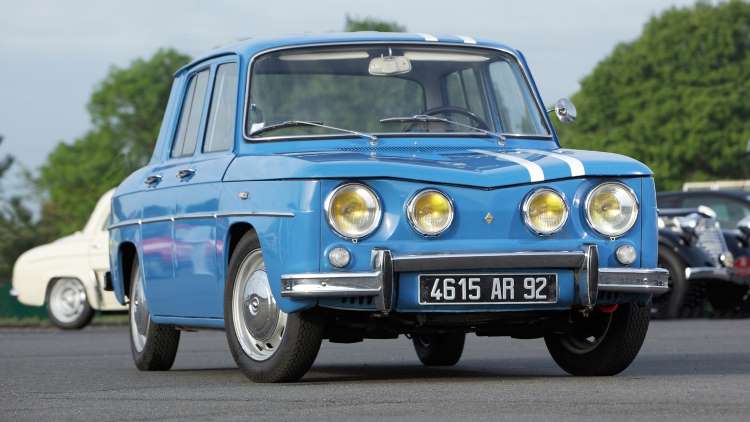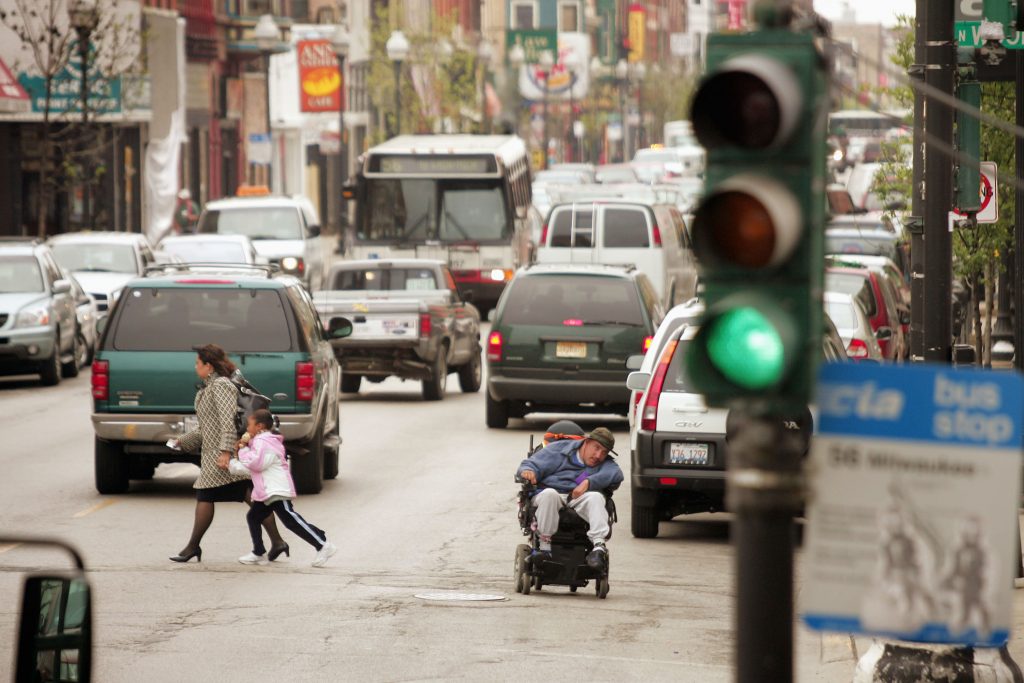Two new films have been added to the library (Ciné-Moi) to complete my Malcom McDowel “Bad Boy” trilogy:

Terminator 2: Judgement Day has been upgraded to 3D and…

Terminator 5: Genisys blu ray has been acquired.

Two new films have been added to the library (Ciné-Moi) to complete my Malcom McDowel “Bad Boy” trilogy:

Terminator 2: Judgement Day has been upgraded to 3D and…

Terminator 5: Genisys blu ray has been acquired.

Features on Donald Trump and Go Faster Stripes and the start of a new series called “Reclaim the Word” can all be found in the Humour section.
My latest track:
Another recent track has just been re-mastered following constructive feedback from friends:
Newly featured artist, guitarist Thomas Ruez, can be found on the Music page.
(See also main video page.)
The new video “Oh Yeah” has been reworked to replace the dream sequence which was the subject of a copyright infringement claim (see below) causing it to be taken down.
This video was taken down by You Tube because of a copyright infringement claim by a Japanese supplier of surveillance equipment to the military. The claim relates to a couple of minutes of night time aerial photography taken by a drone flying over a Japanese city – perfect clips for the dream sequence part of the video. I wrote them three emails – the last one transIated into Japanese by Google Translate – with no response. I was given a “strike” or written warning by You Tube; three and you’re out – ooh er!
The last video to survive publication on You Tube was a short sketch about life during during the COVID-19 pandemic.
Donald Trump has admitted being addicted to the bleach he recommended as an antidote to the corona virus. After convincing himself it was the best protection against the deadly COVID-19 which has already claimed over a million lives worldwide, it is a double irony that he has not only caught the virus himself but has also become addicted to the one thing he thought could save him.
On February 27 he made the claim that the outbreak would be temporary: “It’s going to disappear. One day, it’s like a miracle—it will disappear.” Then, on numerous occasions he declared “Coronavirus numbers are looking MUCH better, going down almost everywhere,” and cases are “coming way down.” And again that the pandemic is “fading away. It’s going to fade away.” (June 17) and “99%” of COVID-19 cases are “totally harmless.” (July 4).
It is well documented that regular consumption of bleach causes chronic delusional optimism, a kind of unconscious whitewashing of the facts and a compulsive airbrushing of inconvenient truths out of history. White House doctors are now asking whether the president’s addiction predates the pandemic and might have started in late childhood when these symptoms were first noticed. This predilection with what is now called “fake news”, combined with a total lack of empathy, are thought to be the main propellants of his phenomenal success in the business world.
Trump is seventy-four years old this year, overweight and in the group most vulnerable to COVID-19. Millions of people the world over, from hardworking middle class liberals to foreign presidents, are secretly praying this will be his last year and that the virus, heaven sent or otherwise, will end his post-truth ‘reign of error’ once and for all.
I’m sure the Top Gear team would be the first to say the idea that go faster stripes make cars go faster is “an utter myth”, or more likely “a load of bollocks”. But is it? Where’s the evidence? Who’s actually done the research? Well, we at Cornucopia decided to investigate – and the results are quite surprising. We divided the research into three areas and looked at how go faster stripes (GFS) affect the performance of the vehicle, the behaviour of the driver and the perceptions of a typical observer.
First of all we analysed the effects of paint (and stripes in particular) on the aerodynamics and performance of the vehicle. We tried different colours, sizes, patterns and thicknesses of paint, also changing the orientation of stripes to the direction of travel, in robotic wind tunnel tests.

The driving tests involved taking a selection of drivers through a range of manoeuvres designed to capture driving behaviour: acceleration, braking, top speed, reaction times, road safety and courtesy, and compliance with the law. A level of risk was calculated for each test run. The drivers constituted a diverse group of ages, backgrounds, nationalities and driving experience, taking equal numbers of male and female drivers and representative numbers of the LGBTQ community. Drivers were also tested in “tourist mode”, driving on a side of the road different to what they were used to. Two types of car were used for these tests: sporty two-seaters and small family hatchbacks, both left and right hand drive. Tests were conducted both when drivers knew whether they had GFS or not and also when they didn’t.
The tests were watched by a selection of observers as diverse as the drivers themselves. They were asked to rate the driving in each test for safety, courtesy, compliance with the law and to give an overall “mood” rating from placid to aggressive. They were also asked to estimate the top speed achieved.

The results of the tests were extensive, numbering hundreds of thousands of “data points” and producing scores of graphs and general conclusions now published in a report stretching to just over two hundred pages. These are summarised in the three bullet points below:
So there we have it: no need for any more speculation – go faster stripes do work and are perceived to work. Next time you are thinking of buying a car with stripes, we can guarantee it will “go faster” and that you will get noticed.
Since publication of the report we have learned that various motoring organisations, notably the Automotive Association and the Real Automobile Club, are discouraging members from buying cars with GFS and some councils are considering banning them from city centres after a petition with three hundred thousand signatures was handed to the transport secretary. We at Cornucopia are delighted that there has been such a positive response to this, the first of our forays into investigative journalism and hope it is a sign of things to come.
The word “peasant” is derived from the 15th-century French word “païsant”, meaning one from the pays, or countryside; ultimately from the Latin “pagus”, or outlying administrative district.
A peasant is a pre-industrial agricultural labourer or farmer with limited land ownership, especially one living in the Middle Ages under feudalism and paying rent, tax, fees, or services to a landlord.
[Etymology from Wikipedia]
In a colloquial sense, “peasant” often has a perjorative meaning, referring to people considered ignorant and uncultured.
I would like to reclaim the word to refer to a new post COVID-19 breed of people who choose to work at home (in the country) rather than commuting to towns and cities, as in the following examples:
This rebirth of peasantry has resulted in the revitalisation of many rural communities and restored affordabilty of city dwellings to key workers in the public sector.
[Government White Paper on Urban Regeneration]
New peasants in Devon pave the way to greener economy and healthier lifestyle.
[Sidmouth Observer]
To say that these peasants are ignorant and uncultured is an understatement. They know nothing of the countryside: the flora, the fauna, the people and their traditions. They just want to party and carry on like they still live in the city. Even the older ones show no respect for those of us who have lived here all our lives.
[Rural Life Magazine]
“The peasants are revolting” – comment from an angry farmer on discovering six IT consultants trying to recycle human waste near her pig-slurry pit.
[Farmers Fortnightly]
This is my latest composition “Delhicatescence”, an Indian flavoured piece of electronica inspired partly by The Doors Concerto (by Jaz Coleman with Nigel Kennedy as the soloist) and the mesmerising sound of Led Zeppelin’s mandolin in “The Battle of Evermore”.
Comments welcome.
New video, old song. As promised, my back catalogue of music is getting a new lease of life as I turn them into videos. Here’s one more.
Warning: sexually implicit content, mixed musical styles and a narrative bordering on the surreal.
Note: this is a draft version; there are still some outstanding technical issues. Comments welcome.